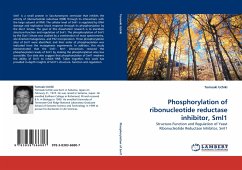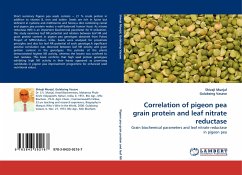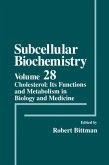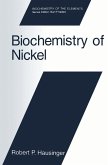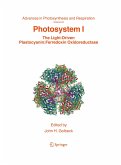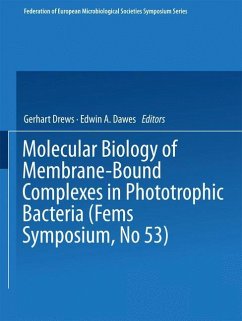Sml1 is a small protein in Saccharomyces cerevisiae that inhibits the activity of ribonucleotide reductase (RNR) through its interactions with the large subunit of RNR. The cellular level of Sml1 is regulated by DNA damage and replication block response through its phosphorylation by the Dun1 kinase. The goal of this dissertation research is to elucidate structure-function and regulation of Sml1. The phosphorylation of Sml1 by the Dun1 kinase was studied by a combination of mass spectrometry, site directed mutagenesis, and P32 incorporation. Three phosphorylation sites of Sml1 were identified, and their order of phosphorylation was indicated from the mutagenesis experiments. In addition, this study demonstrated that the Sml1- Rnr1 interactions reduced the phosphorylation levels of Sml1 by making the phosphorylation sites less accessible. Our data also suggest that phosphorylation of Sml1 weakens the ability of Sml1 to inhibit RNR. Taken together, this work has provided in-depth insights of Sml1's structure- function and regulation.

